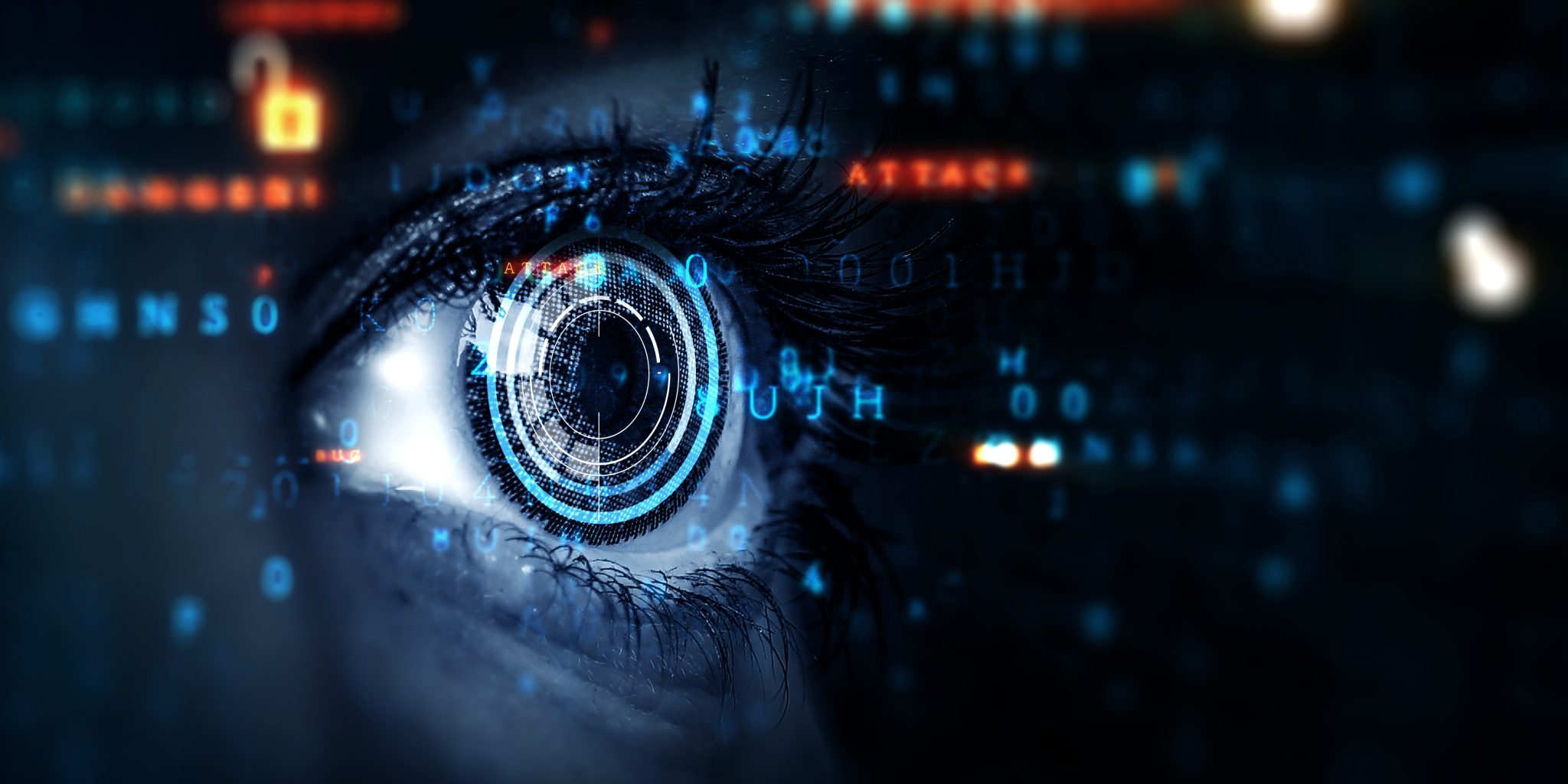The adoption of artificial intelligence (AI)-based tools by companies continues to grow exponentially. Thinking about the implementation of each new tool from a cybersecurity perspective is key to capitalizing on the value of the technology and minimizing risks.
The momentum of this disruptive innovation, especially since the arrival of generative AI, generates multiple benefits. However, it also produces some downsides at the same time. For example, the uncontrolled implementation of AI-based applications outside governance structures.
The specialist report, Tenable Research, found in its latest edition that more than a third of enterprise security teams found AI applications in their environment that had not been procured through a formal process. What does this mean? More vulnerabilities available to attackers and potential issues contrary to the “responsible AI” approach.

The importance of responsible AI
Responsible AI is an approach to developing and deploying AI from both an ethical and legal perspective. The goal is to employ AI in a safe and reliable way, something that could be considered one of the main challenges for humanity. If achieved, this should increase transparency and help reduce problems such as errors and hallucinations.
Some of the variables that make for responsible AI are equity (equal opportunity of access for all people) and anti-maleficence (using it for the benefit of society).
Equally important are the care for the privacy of all data involved and the robustness of the solutions, to avoid failures or information leaks.
Security and AI best practices
Nubiral’s vision of cybersecurity and AI consists of a comprehensive security approach to AI design, architecture and engine. The goal is to protect data and ensure privacy and compliance.
A zero trust architecture, which requires authentication and verification at every step, is recommended. At the same time, strong access controls ensure that only authorized users can interact with AI systems and their data.
Best practices include data encryption, both at rest and in transit. This is crucial in AI, where training data and the results generated can be highly confidential. The information is protected even when an incident occurs, as attackers cannot read it.
Another important point is to control the transfer of information that can feed or leave the model to the AI engine. For this reason it is important to implement policies or “guardrails” that are used to protect the model and thus avoid biases in training or that can deliver or expose information publicly. Another key point is the management of vulnerabilities: identifying and mitigating them is essential to prevent attacks on the infrastructure and protect the models. It includes performing security analysis, code reviews and periodic assessments to identify and remediate flaws. Also, applying security fixes and regular updates.
Cybersecurity and AI: The Nubiral Vision
Our vision at Nubiral consists of assembling multidisciplinary teams with cybersecurity specialists, data scientists, developers, software engineers and legal experts. The goal is to cover all possible aspects related to security and compliance.
We appeal to the concept of shared responsibility between the security that the cloud provider delivers and the AI engine. All members of the development team and all areas of the organization must understand their role in protecting the system. This includes end users, who are trained on the secure use of the system and made aware of the risks.
In addition, we work with the concept of “security by design”. Instead of “adding” security after the system is built, we incorporate security from the start. This proactive approach not only reduces vulnerabilities. It also minimizes costs and complexity in the event of future modifications.
Issues such as data labeling (to identify which require greater protection) or the environment partitioning are contemplated. Development, test and production environments are divided to reduce the risk of sensitive data or models being accidentally exposed or altered through biases introduced by the prompt.
Cybersecurity and AI Lifecycle: From Planning to Testing
Implementing security throughout the AI development lifecycle ensures protection from design to maintenance.
During planning, security policies and procedures are defined and roles and responsibilities are assigned. In design, security measures that protect data and models from the very beginning are incorporated, as mentioned above.
Training and monitoring AI models securely helps prevent attacks such as data poisoning or unwanted bias.
The implementation contemplates alternatives to prevent attacks and to align the system with security objectives.
In the testing stage, the system is evaluated to ensure that it meets the protection requirements. This includes penetration testing, attack simulation and behavioral analysis to detect potential weaknesses.
Cybersecurity and IA Lifecycle: From deployment to incident management
Deployment ensures configuration and limits access to productive environments. Continuous, real-time monitoring allows you to quickly detect and respond to any unusual or suspicious activity.
Finally, it is important to understand that IA cybersecurity is an ongoing process. Maintenance, through regular reviews, patch updates and vulnerability management, must be done on an ongoing basis.
Conclusions
A cybersecurity strategy applied to AI is the key for organizations to get the full benefits of this technology without any headaches.
The smartest organizations are also the most secure.
Would you like us to put together an AI cybersecurity plan tailored to your organization’s needs? Schedule a meeting!




